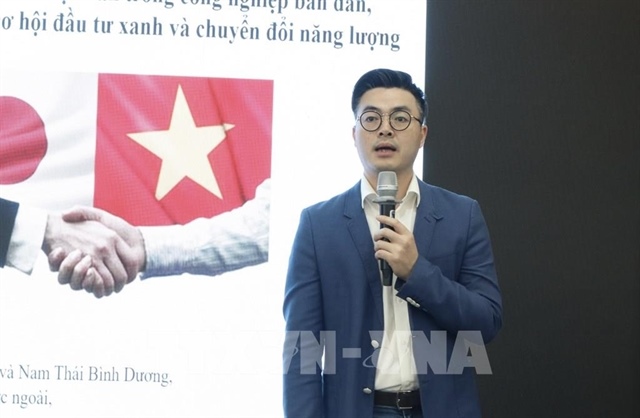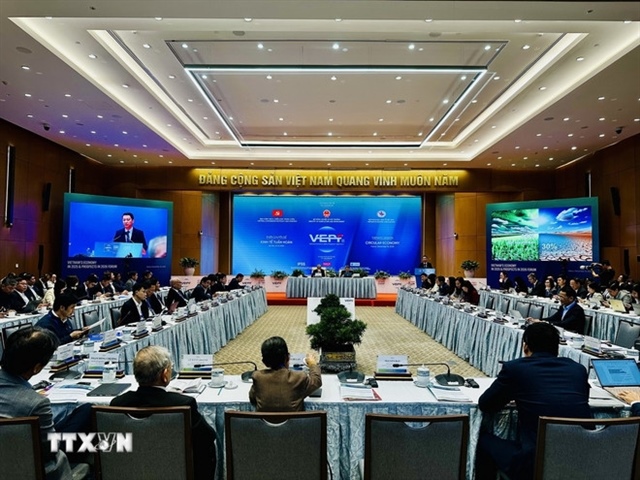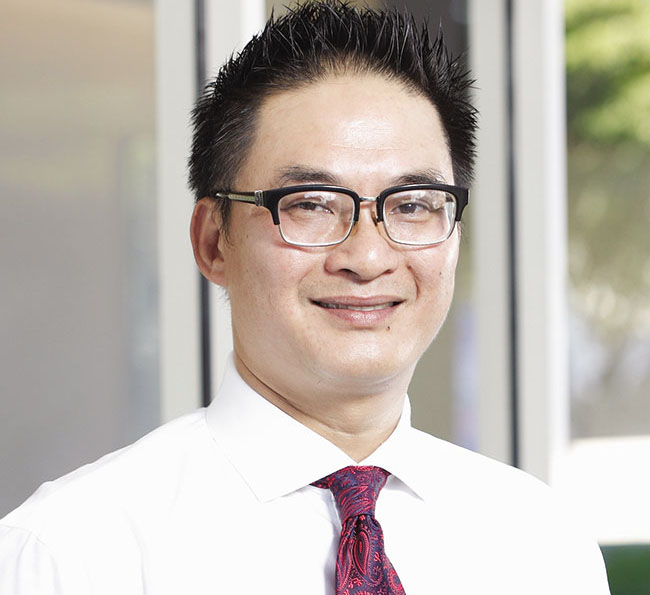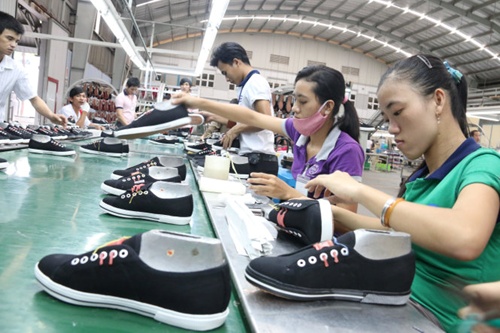EU-Vietnam trade deal presents perks and promises
EU-Vietnam trade deal presents perks and promises
Negotiations on the EU-Vietnam Free Trade Agreement (EVFTA) have essentially come to an end, with the deal expected to be concluded this year. European Trade Policy and Investment Support Project’s technical assistant team leader Claudio Dordi spoke with VIR’s Thanh Tung about some of the main achievements of the hallmark agreement.

What are the main points of the EVFTA?
Based on information provided by the EU, some of the main achievements of the agreement are as follows.
First, the EVFTA will eliminate customs duties for products originating from the two parties. While for some products, tariffs will be immediately reduced to zero, import duties on sensitive products will be gradually reduced to zero over a seven-year period (10 years for the import of cars in Vietnam). Tariffs on Vietnamese textiles, garments, and footwear will be eliminated in seven years. This is particularly relevant for Vietnamese exporters, at present facing an average EU import tariff of above 10 per cent.
Currently (and until the EVFTA comes into force), the EU still considers Vietnam a developing country and provides unilaterally favourable tariffs to imported Vietnamese products in the context of the Generalised System of Preferences programme (GSP). The tariffs that the EU applies to most Vietnamese exports are close to zero. However, for sensitive products such as footwear, textiles, and seafood, the preferences granted by the EU are limited and subject to periodical revisions every three years.
If import to the EU of Vietnamese textiles, garments, or footwear exceeds a specific share in the total EU imports of such products, preferences may be canceled unilaterally by the EU, and Vietnamese producers will lose tariff advantages compared to their main competitors in this sector (namely, Chinese exports). The entry into force of the EVFTA will eliminate tariffs definitively within the agreed deadlines, ensuring the stability and predictability of the EU-Vietnam trade relations.
How can Vietnamese products benefit from tariff preferences?
Products will benefit from the tariff preferences if they satisfy the FTA rules of origin (RoO). In principle, only products “sufficiently manufactured” in Vietnam are eligible for the benefit of the EVFTA, to secure the benefit of the agreement only to the member states’ producers.
In particular, the EU does not want to import textiles with high Chinese value content. For this reason, RoO in the agreement are particularly important for the textiles sector. The agreement will not substantially change the present RoO applicable for textiles in the context of the GSP programme, based on the so-called “double transformation” or “fabric forward”, meaning that Vietnamese producers may use imported yarn to manufacture fabric (first transformation), with the final product (second transformation) eligible for the EU preferences.
The agreement will likely introduce a modification in the RoO “accumulation” system: presently, the non-Vietnamese (and non-EU) content of products manufactured in Vietnam and exported to the EU is considered Vietnamese if it originated from ASEAN developing countries (for example, fabric imported from Cambodia, Laos, and the Philippines). The EVFTA will allow the accumulation only of the value originating from all the Asian countries that are part of an FTA with the EU (at present, Korea and soon, Japan).
Some sensitive products, such as rice, garlic, sugar, high-sugar products, sweet corn, manioc starch, surimi, and canned tuna will not benefit from full liberalisation. However, the EVFTA will allow inflows of these Vietnamese products according to the “tariff rate quota” system, meaning tariffs applied by the EU will increase exponentially with the quantity of products imported from Vietnam on a quota basis (meaning up to a certain quota of imports, a certain tariff will be applied, with a higher tariff for the next quota, and so on).
How are the government procurement and regulatory disciplines carved in the EVFTA?
A new discipline on government procurement will allow EU companies to bid for public contracts in Hanoi and Ho Chi Minh City, with Vietnamese ministries, and selected state-owned enterprises (SOEs), such as power distribution companies and hospitals. The tougher competition coming from EU companies will be balanced by more transparent and fair procedures, benefiting, in particular, the most efficient Vietnamese companies willing to supply goods to the public sector.
EVFTA provisions on SOEs and subsidies will have a similar impact on the business environment, as SOEs and private businesses will be on a levelled playing field and the provisions of public subsidies will be subject to rules promoting transparency and consultation. Efficient companies behaving fairly will also benefit from strengthened discipline on intellectual property rights, focused on the protection of unlawful copies of innovation, artworks, and brands and a stronger enforcement system.
What will be done for the FTA until the year’s end?
The EU and Vietnam reached an agreement, in principle, that FTA negotiated since 2012 has come to a final stage. It is considered “in principle” because some technical issues still remain. Once everything is settled, the parties will draft the text and each member will sign it. The EVFTA will come into force after the approval of all members (Vietnam, the EU, and its 28 members individually). This procedure will take several months, leaving enough time for the business sector to adequately prepare to take advantage of all the benefits of the agreement, and cope with increased competition from the other members’ companies. The text will be disseminated only after the signing.




















